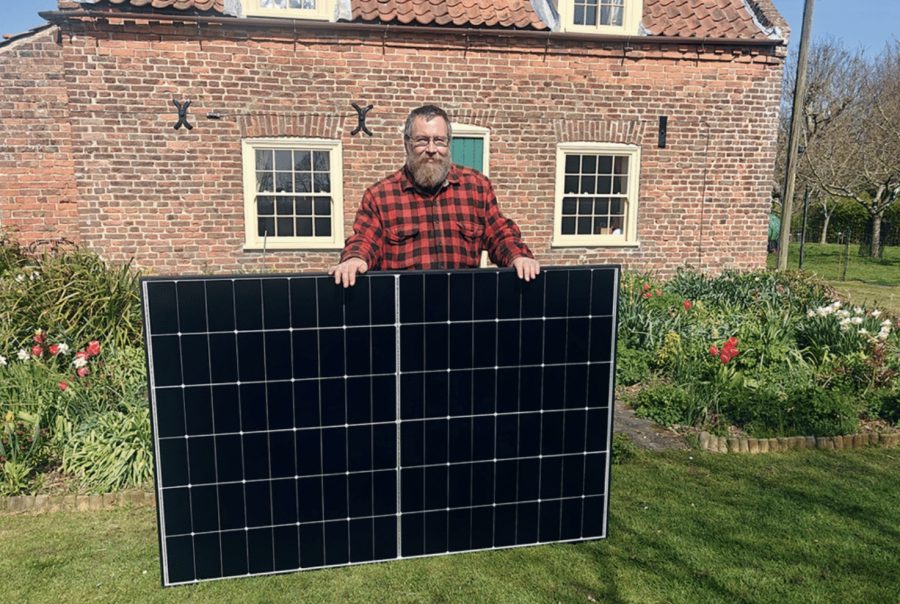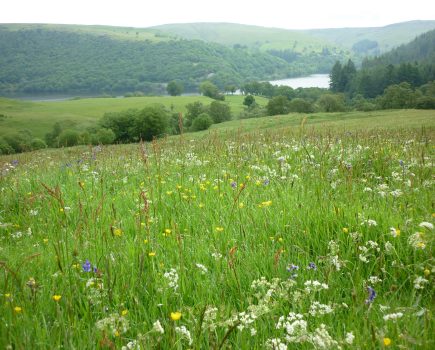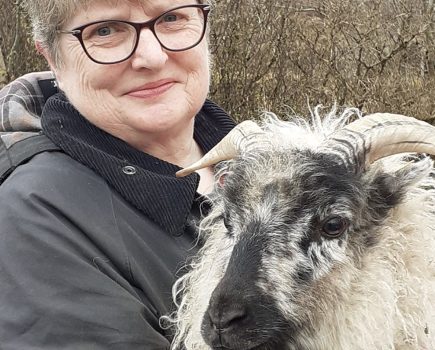Hugh & Fiona Osborne are working to make their Lincolnshire smallholding as self-reliant as possible with a solar powered workshop…
Smallholding flies in the face of most lifestyles.
- It surely can’t be about making money, there are much easier ways to get rich
- The hours are long
- The work can be gruellingly hard
- The retirement plan isn’t index linked!
So why do we do it? For us, it’s a calling, a different way of living. After successful careers we realised that what made us happy was not making money. We loved time outdoors, growing things, rearing livestock and making the things that we needed. A simpler life benefits not just our happiness but also the planet.
We work in food yards, not miles.Once we started smallholding, we realised that for our smallholding to be viable in the long term we had to ruthlessly control our spending of which energy costs were a large part. The move to heating and cooking with wood was a great start but those electricity bills keep coming. Ultimately we are not going to wring our clothes using a mangle (although we do have one)! We do want electric lights and need to use our computers. Since we need electricity, we have decided to produce our own. Nine months ago, we described our start in creating our own solar power. We started small with electric fences and water pumps and convinced ourselves that not only was it possible to do, but that we could buy, configure and install the components ourselves. As the next step in power independence we decided to build a solar system to power our workshop and other outbuildings.
SOLAR COMPONENTS
A solar system consists of four major components. The four components are:
- The Solar Panel(s) that generate the electricity from the sun
- A Charge Controller that takes the electricity generated from the panel, and safely charges your batteries to store that power
- Storage generally this is one or more batteries although some larger systems achieve “storage” by exporting electricity to the National Grid
- Inverter An inverter converts DC (Direct Current) power of batteries into 230 Volts AC (AlternatingCurrent) that mains devices require.
In previous systems we have bought individual components, matched them up and built up our own system. These days though there is an easier choice. A power station. Power stations are a box that contain batteries, a charge controller, an inverter, a display to monitor how everything is working and all the output sockets you could wish for, mains, USB,12V DC and more.
To work with a power station, all we needed to do was choose the right one, put up solar panels and wire the panels to the power station. There are a bewildering array of sizes and makes of power station, so we needed to spend some time selecting the right model for our needs.
This article extract was taken from the June 2025 edition of The Country Smallholder. You can buy the issue here.








